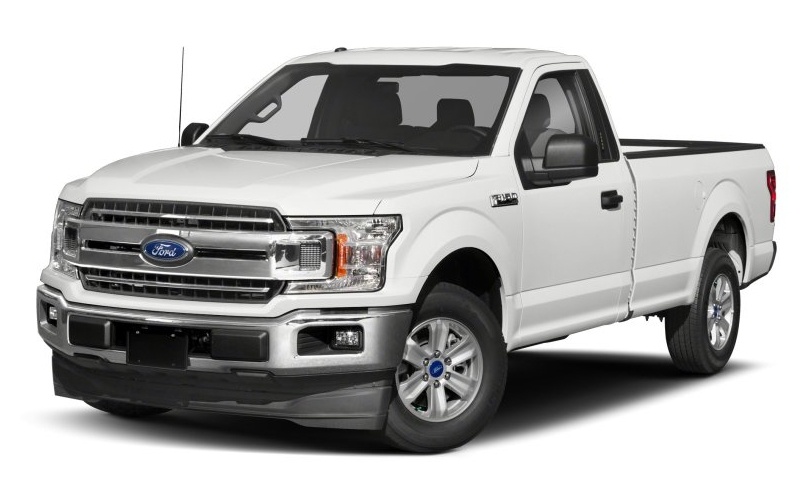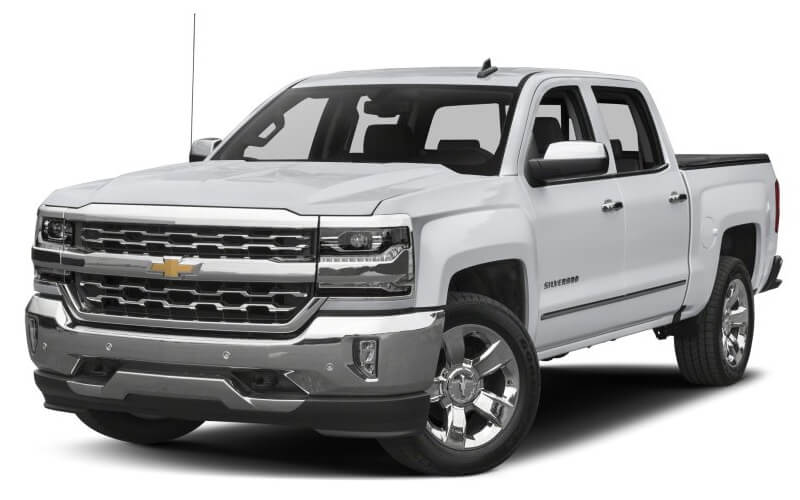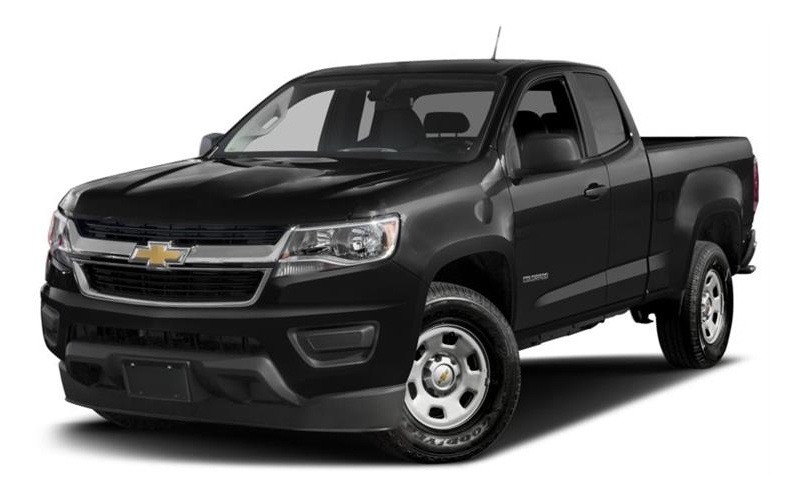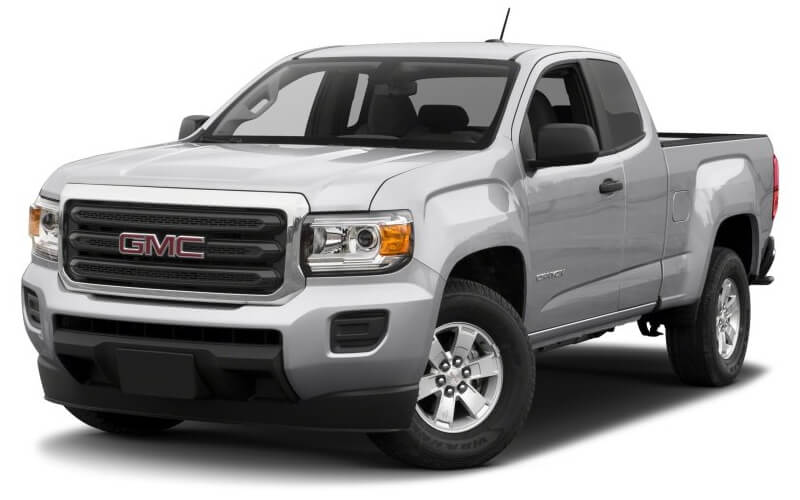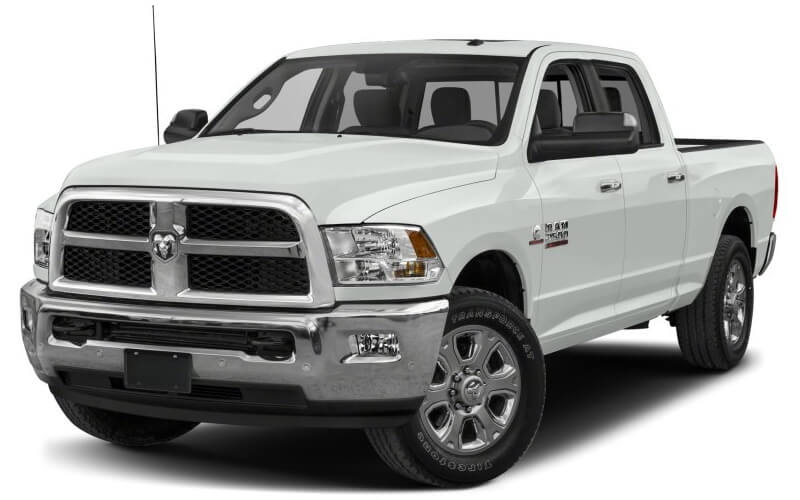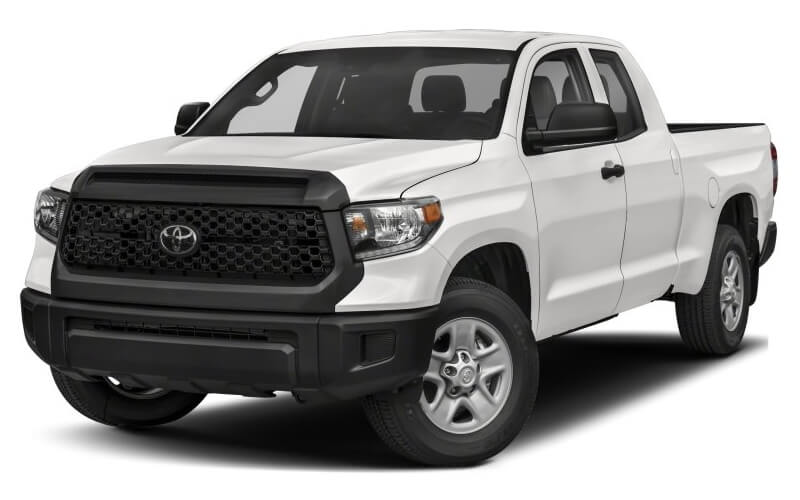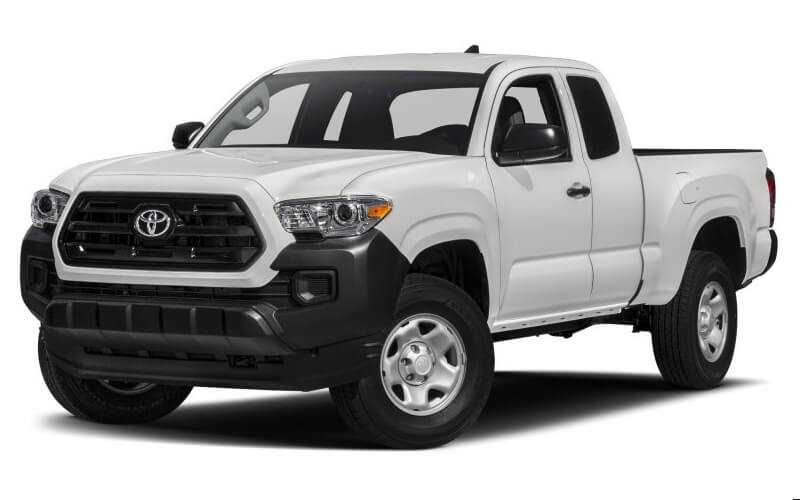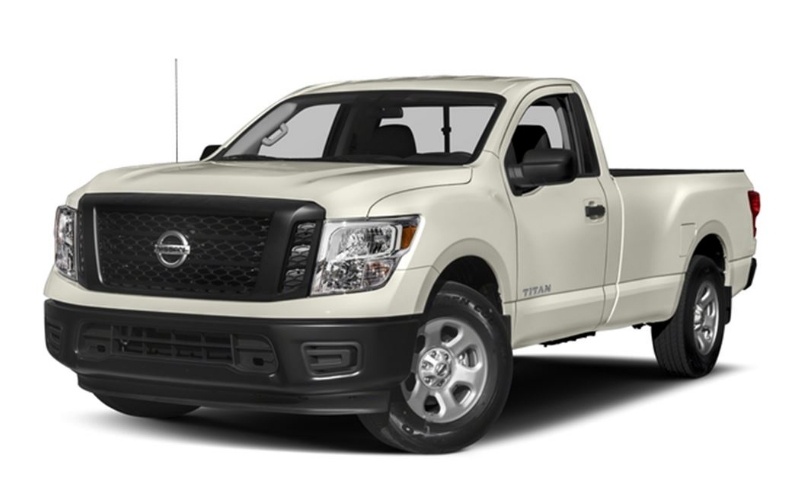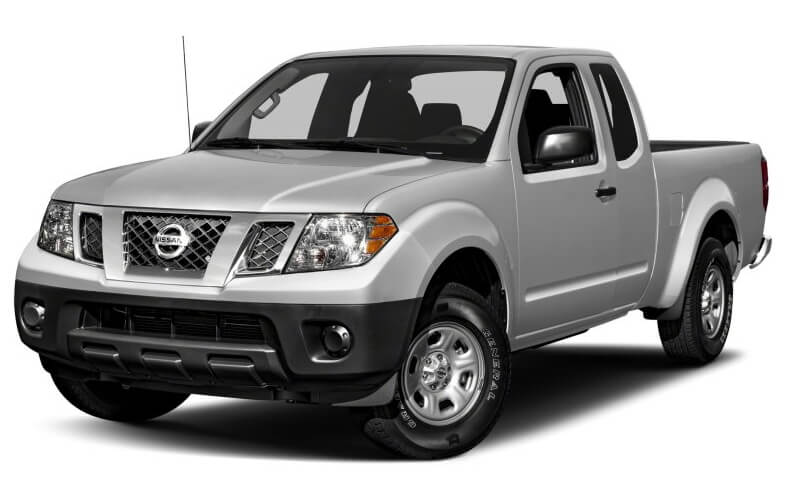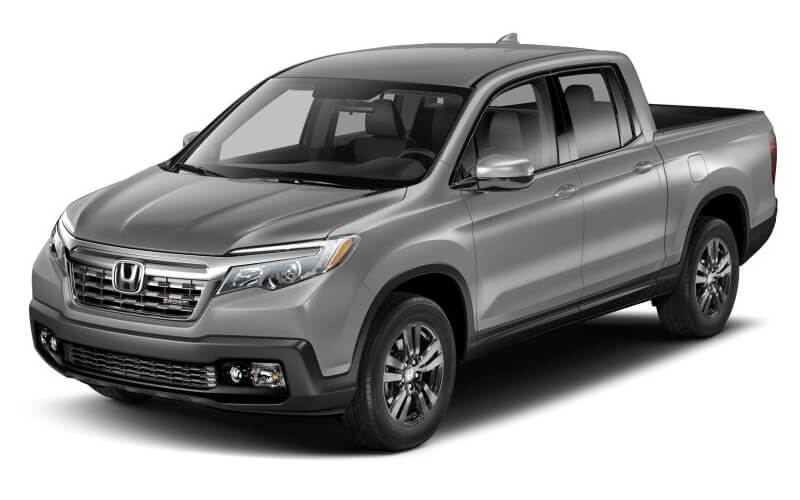Tow Straps with Hooks [Types, Materials & Specs
Tow straps with hooks are more than just equipment; they are lifelines in tricky situations. Whether you’re pulling a vehicle out of a tough spot or transporting heavy loads, these tools are essential. Their versatility and strength make them indispensable in various applications, from everyday car troubles to heavy-duty industrial work.

Tow Straps Heavy Duty with Hooks 2”X20’ 15,000 LBS, Metal Safety Hooks, Woven Po

51008A Heavy Duty Tow Strap with Hooks, 2” x 30’, 10,000 LB Capacity, Tow Rope

Tow Straps Rope with Hooks Heavy Duty Braided Tow Rope for Trucks and Recreat...

2pcs 8" Inch J Tow Hook with Link, Heavy Duty G70 Tow Axle Strap Wrecker Roll
Types of Tow Straps
Let us face it: not all tow straps with hooks are made equal. There are so many bad reviews on these products. Yet, you have to understand, that it’s not just about the construction of a tow hook and a strap. It is rather about the combination of materials they are made of. When buying a cheaper option, they will most likely get a strap made of low-quality polyester, which is not elastic. When selecting a recovery strip with a hook, make sure to order a product with the hook, that is big enough. This way, it will not slip when the vehicle is towed. These are just the very basic advice from us, people who have seen hundreds of tow hook and strap combinations. Keep reading to find out details, professional tips, and advice.
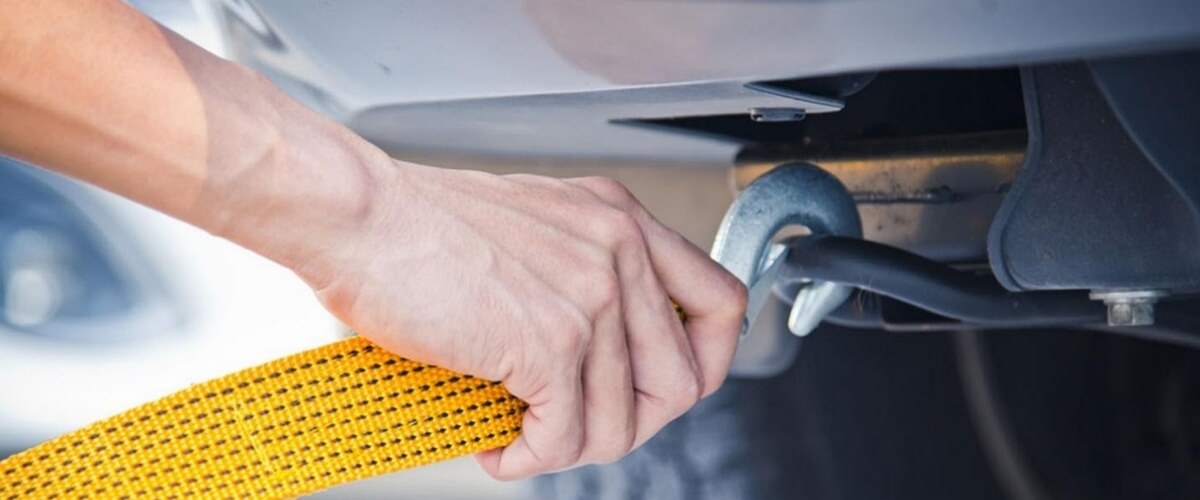
Material Differences. Tow straps are made from various materials, each offering unique properties. Polyester and nylon are common, with nylon providing elasticity ideal for towing, while polyester offers rigidity suitable for heavier loads. The choice of material impacts the strap’s performance and suitability for different tasks.
Tow Strap Materials
- Nylon: Known for its elasticity, nylon tow straps are ideal for recovery operations as they can stretch under load, providing a slingshot effect to help pull vehicles out. This stretch also helps to reduce the shock on both vehicles during towing.
- Polyester: Polyester straps are less stretchy than nylon, making them more suitable for towing operations that require a firmer hold. They are ideal for situations where controlled movement is necessary, such as transporting heavy loads on smooth roads.
- Polypropylene: This material is often used for lighter-duty towing. Polypropylene straps are resistant to water, mildew, and chemicals, making them a good choice for marine and outdoor applications.
- Kevlar: Known for its high strength-to-weight ratio, Kevlar tow straps are extremely durable and resistant to heat, cuts, and abrasions. They are typically used in heavy-duty and industrial towing operations.
- Dyneema: Dyneema is known for being incredibly strong yet lightweight. It is resistant to moisture, UV light, and chemicals, making it a versatile choice for various towing conditions, especially in harsh environments.
Hook Variations
Hooks on tow straps come in several types. Some have a closed-loop design for secure attachment, while others feature a latch for quick release. The design of the hook greatly influences the safety and ease of use of the tow strap.
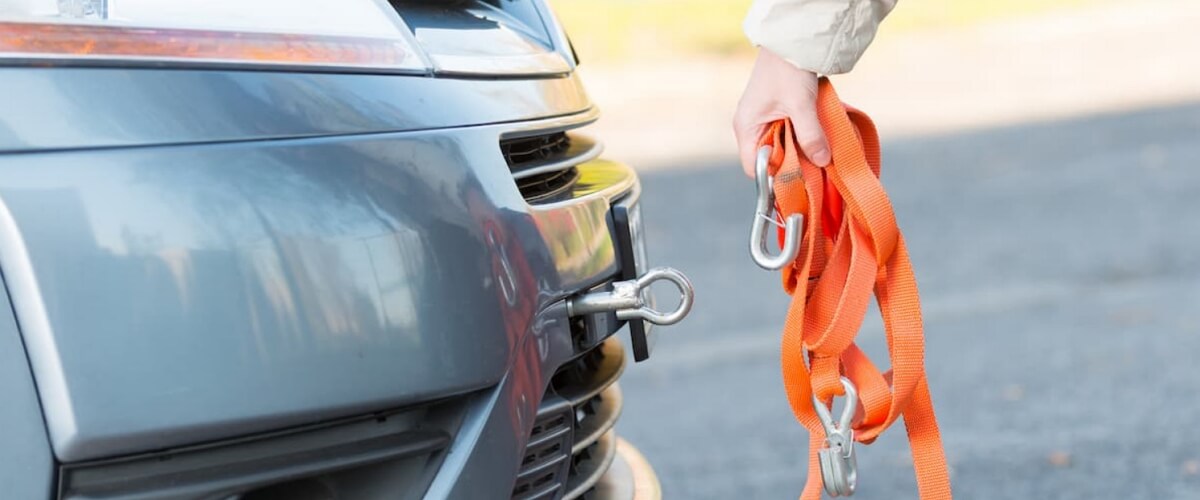
Key Features of Tow Straps
- Strength and Durability. The strength of a tow strap is its most critical feature. It’s essential to choose a strap that can handle the weight and stress of the load. Durability is also vital; a high-quality strap can withstand wear and tear, ensuring longevity and reliability.
- Length and Width Considerations. The length and width of a tow strap determine its versatility and capability. Longer straps offer more flexibility in distance towing, while wider straps provide greater strength and stability.
- Safety Features. Safety features like reinforced loops and weather-resistant coatings are crucial. These additions enhance the strap’s reliability and prevent accidents during use.
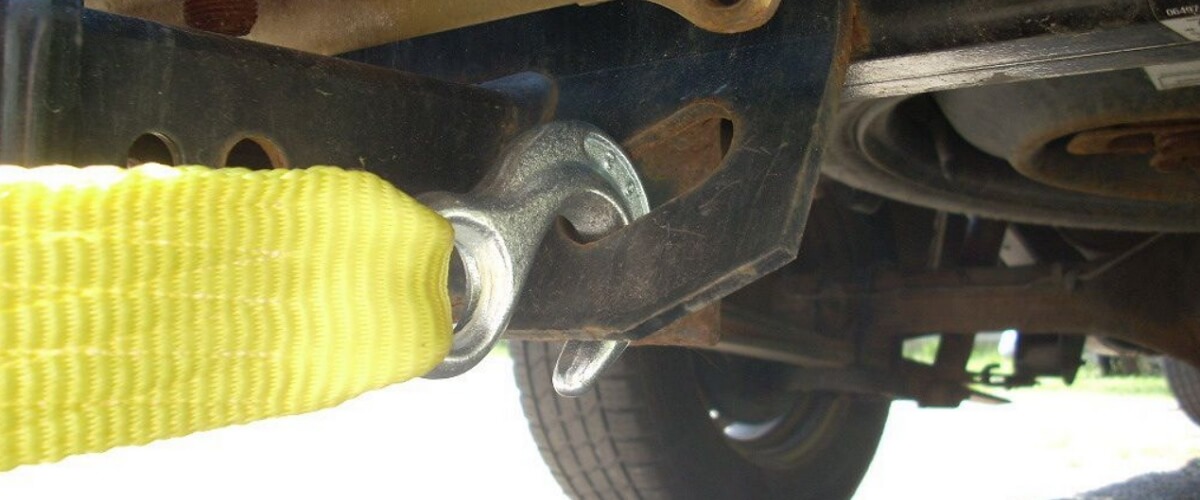
Using Tow Straps with Hooks
- Proper Usage Guidelines. Using tow straps correctly is essential for safety. It’s important to attach the hooks securely and to ensure that the strap is not twisted or knotted.
- Safety Precautions. When using tow straps, safety precautions such as inspecting the strap before use and avoiding sharp angles during towing are vital. These practices prevent strap failure and accidents.
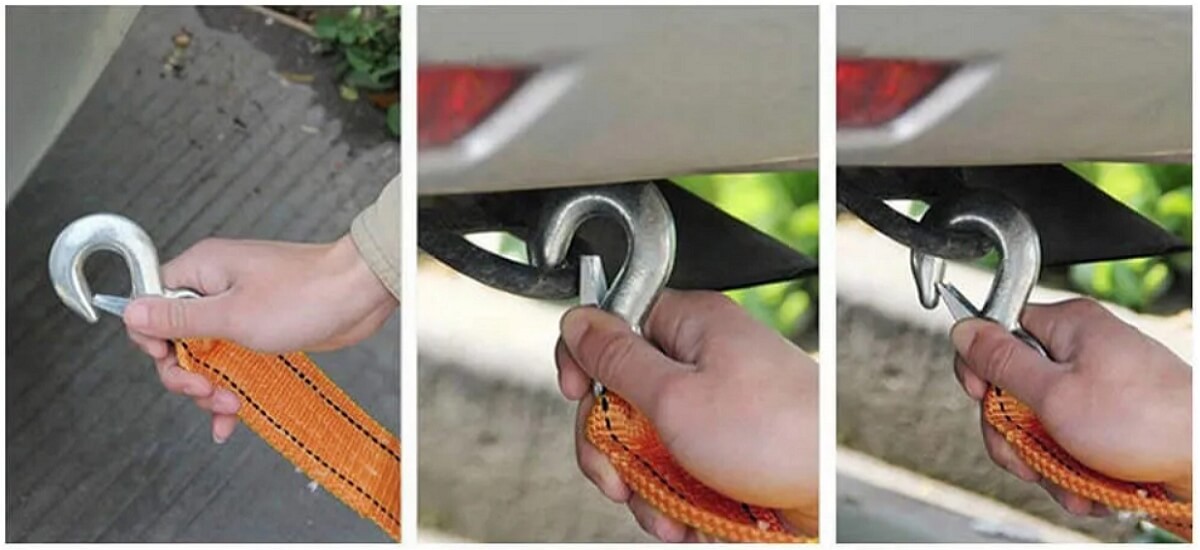
Maintenance and Care
Cleaning and Storage. Proper maintenance extends the life of tow straps. Cleaning them after use and storing them in a dry, cool place away from direct sunlight helps maintain their integrity.
Inspection and Replacement. Regular inspection for signs of wear and tear is crucial. If a strap shows significant damage, it should be replaced immediately to ensure safety.
Real-World Applications
Tow straps with hooks are versatile tools used in various scenarios. They are crucial in automotive towing, aiding in vehicle recovery. In off-road situations, they help in pulling vehicles out of mud or ditches. In industrial and agricultural settings, they are used for moving heavy equipment and loads.
In the realm of vehicle recovery and towing, the combination of tow hooks and straps plays a crucial role. I recall a specific incident that truly underscored their importance. We were off-roading in a wooded area when one of our vehicles got stuck in a muddy ditch. It was a tricky situation, but a perfect opportunity to put our tow hooks and straps to the test.
We had a heavy-duty nylon tow strap, which is known for its elasticity. This feature was particularly useful in our situation. After securing the strap to the tow hooks of both the stuck vehicle and the rescue truck, we carefully began the recovery process. The elasticity of the nylon strap allowed for a bit of a stretch, creating a kinetic energy build-up, which effectively aided in pulling the vehicle out of the mud. This ‘slingshot effect’ was pivotal; it provided just enough additional force to free the vehicle without causing a jarring impact that could potentially damage either of the vehicles.
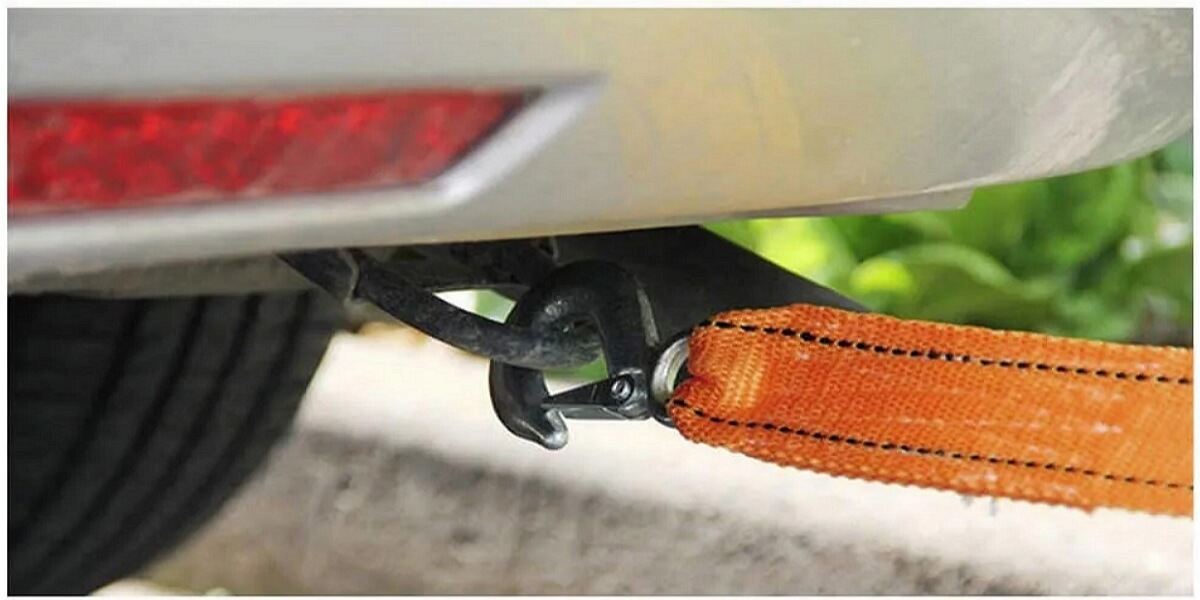
This experience also highlighted the importance of the quality and type of tow hooks used. We utilized closed-loop hooks, ensuring the strap stayed securely attached to both vehicles throughout the operation. The last thing we needed in the middle of a muddy forest was a strap slipping off the hook, which could lead to dangerous recoil or even failure to recover the vehicle. This incident was a practical lesson in the critical nature of choosing the right tow strap and hook combination. It demonstrated how, with the proper gear and knowledge, what could have been a day-ending obstacle turned into a manageable, even educational, situation.
Choosing the Right One
Selecting the appropriate tow strap depends on understanding the task at hand. Factors like the weight of the load, towing distance, and environmental conditions should be considered. Based on our experience, we recommend evaluating these factors to choose the most suitable strap for your needs.
Choosing the right tow hook and strap combo is a bit like picking the perfect pair of shoes for a hike – you’ve got to make sure they fit your needs and the situation. First, think about what you’re going to use them for. If you’re planning on some off-road adventures or need to tow a heavy load, you’ll want a strap that’s strong and can handle the weight. Nylon straps are great for off-road because they can stretch a bit, which helps when pulling out a vehicle from a tough spot.
Now, let’s talk hooks. The type of hook you need depends on what you’re hooking it to. If you’ve got a regular car or truck, those J-hooks or T-hooks are usually a good fit because they can easily hook onto your vehicle. But if you’re doing something more heavy-duty, like towing big equipment, you might want something stronger, like a closed-loop hook. These hooks don’t open, so there’s less chance of the strap slipping off when you’re in the middle of a job.
Here’s a tip: always check your strap and hooks before you use them. Look for any tears, cuts, or wear and tear. And when you’re hooking up the strap, make sure it’s not twisted. A twisted strap can weaken and not do its job correctly. Remember, taking a few minutes to check your gear can save you a lot of trouble later.
Our Experience
Through trial and error, we discovered that not all tow straps are created equal. Our in-house tests showed significant differences in performance based on material and design. We advise choosing a strap that matches the specific needs of the task for optimal performance and safety.
Tow straps with hooks are essential tools that offer versatility and reliability in challenging situations. We understand their importance in ensuring safety and efficiency from our practical knowledge and extensive use. Choosing the right strap, using it correctly, and maintaining it well can significantly affect the outcomes of towing and recovery operations.

